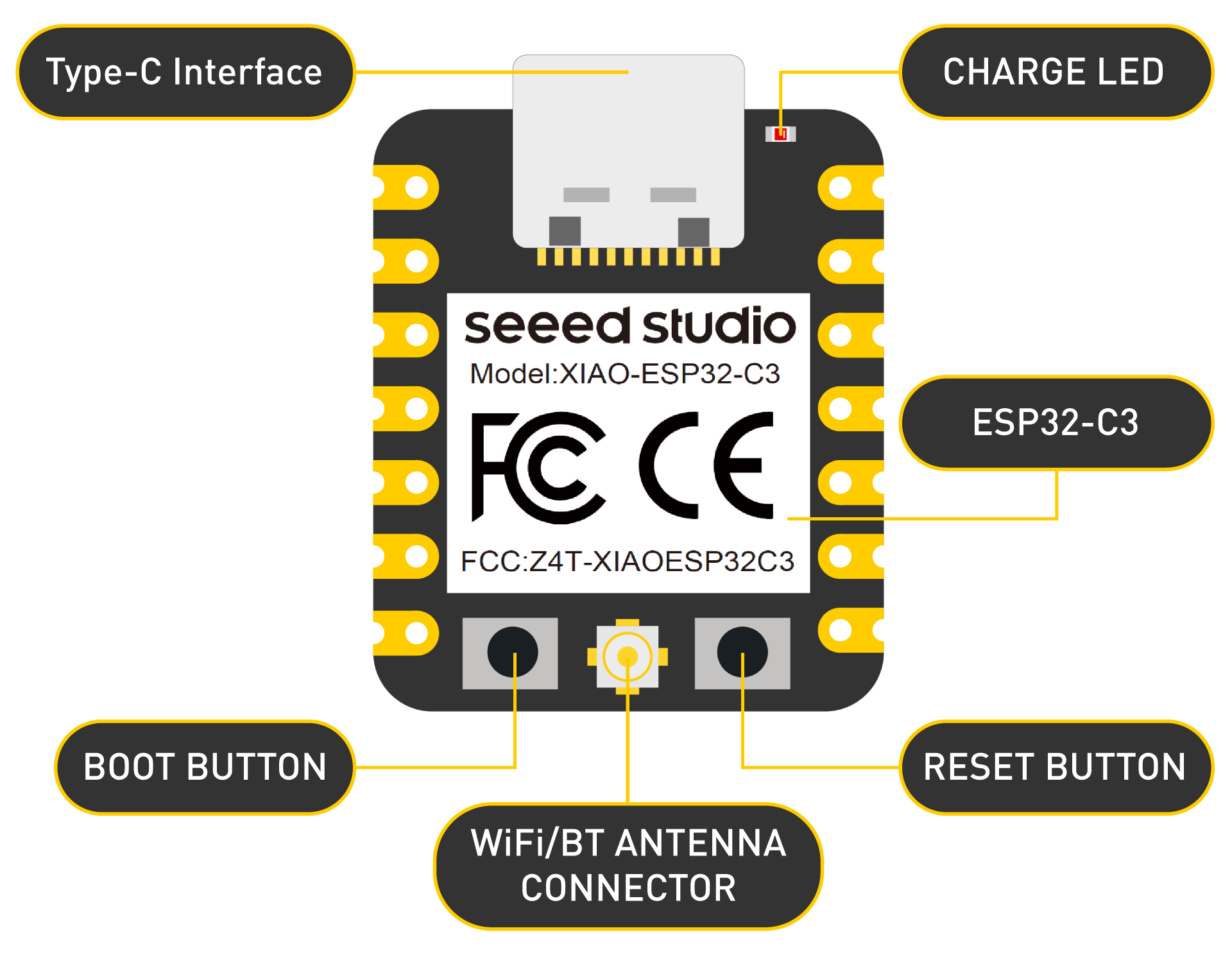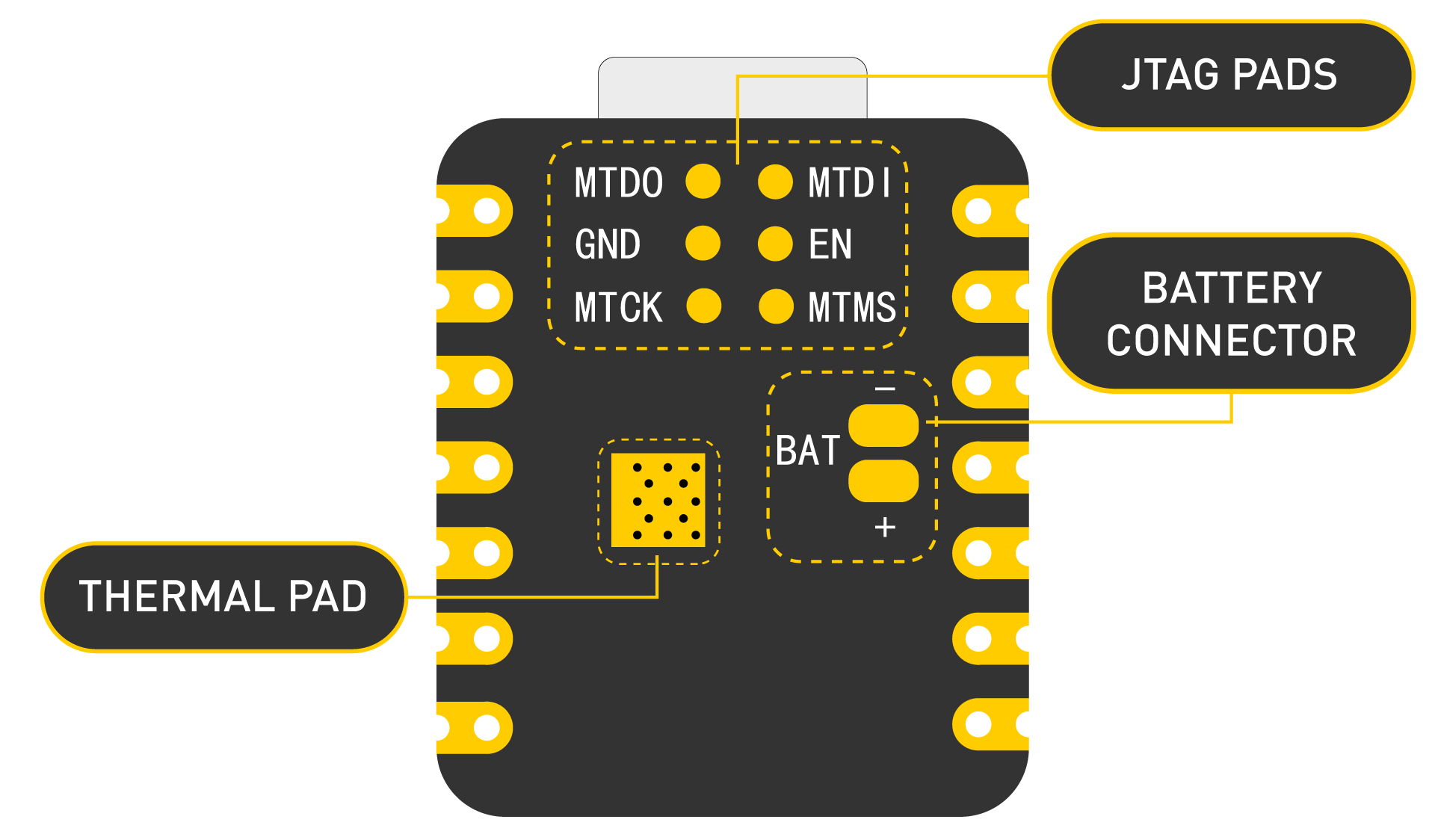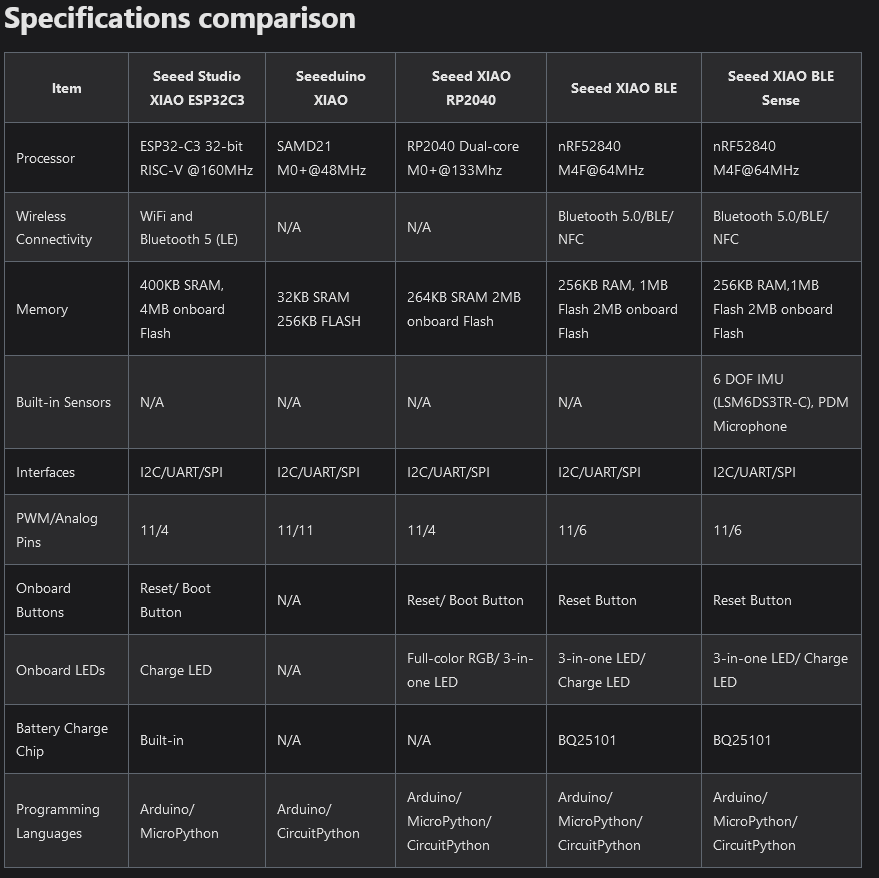

To begin with the microcontroller here we have a laid out schematic of the architecture of the inside of the microcontroller in our case we all used the XIAO ESP32C3 below will be expanding important key note but first here is the datasheet that all the information.


The ESP32-C3 SoC supports various power modes to optimize energy consumption, including sleep modes and low-power operation for extended battery life.
The ESP32-C3 integrates physical security features to enhance device security, ensuring data protection and secure communication.
Absolute Maximum Ratings
Recommended Operating Conditions
VDD_SPI Output Characteristics/p>
DC Characteristics
ADC Characteristics
Current Consumption
Reliability
Features in general

This involves considering factors such as processing power, power efficiency, connectivity options, development tools, and community support. Here is a general comparison with other popular architectures like ARM Cortex-M, RISC-V, and Intel x86:
ARM Cortex-M: Offers a wide range of performance levels from low-power microcontrollers to higher performance embedded processors like Cortex-M7. RISC-V: Provides scalability in performance, allowing for customization of cores based on application requirements. Intel x86: Known for high performance in desktop and server applications but may not be as power-efficient for embedded systems compared to ARM and RISC-V.
ESP32-C3: Designed for ultra-low power applications, making it suitable for battery-operated devices and IoT applications. ARM Cortex-M: Offers a balance between performance and power efficiency, with low-power modes for energy optimization. RISC-V: Can be optimized for power efficiency depending on the core design and implementation. Intel x86: Historically not as power-efficient as ARM and RISC-V for embedded applications.
ESP32-C3: Integrates Wi-Fi and Bluetooth connectivity, making it suitable for IoT devices requiring wireless communication. ARM Cortex-M: Supports various communication interfaces like UART, SPI, I2C, Ethernet, and CAN, with some models offering wireless connectivity options. RISC-V: Connectivity options depend on the specific implementation and peripherals integrated into the SoC. Intel x86: Typically used in systems with wired networking capabilities and may require additional components for wireless connectivity.
ESP32-C3: Development for ESP32-C3 involves using the Espressif IoT Development Framework (ESP-IDF) and tools like the ESP32-C3 DevKitC. ARM Cortex-M: Development workflows often involve using ARM's Keil MDK, CMSIS, or open-source tools like GCC and development boards from various manufacturers. RISC-V: Development workflows can vary based on the specific RISC-V core and tools available, with options like RISC-V GNU Toolchain and RISC-V development boards. Intel x86: Development typically involves using tools like Intel System Studio or open-source compilers for x86 architecture.